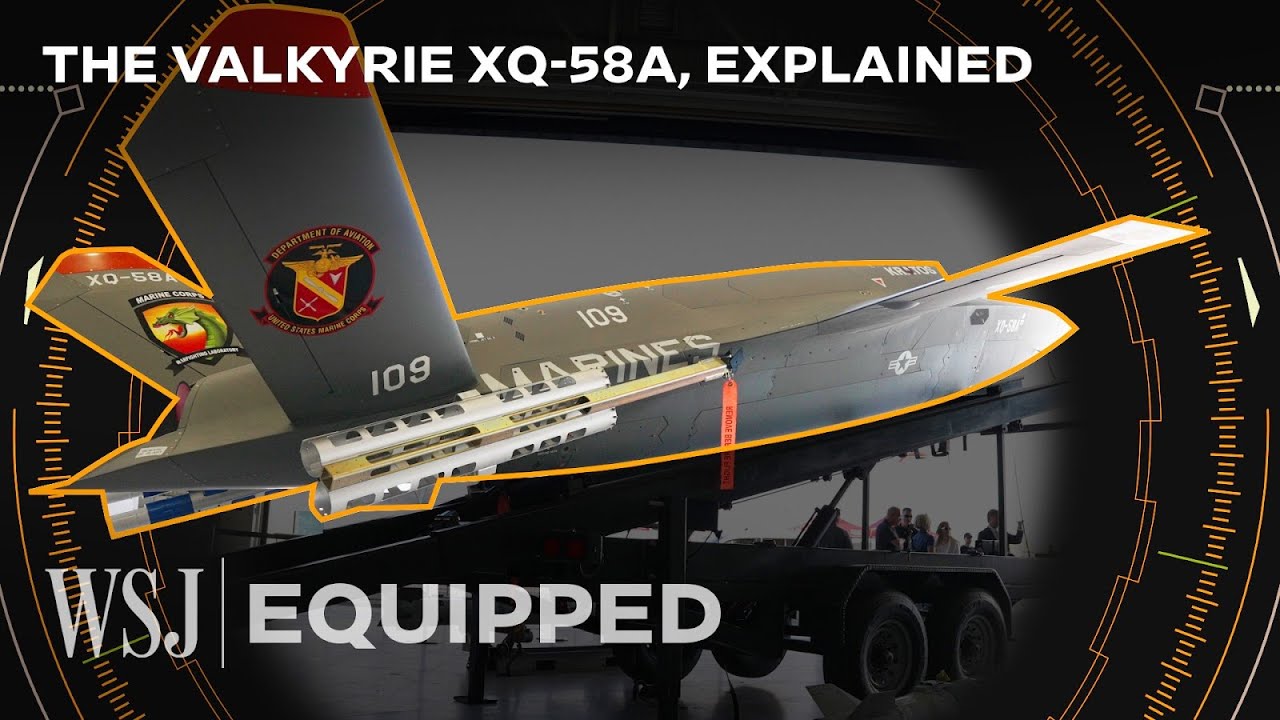
The integration of Artificial Intelligence (AI) with drone technology has seen a significant rise, leading to the emergence of AI-driven drones utilized across various sectors. In a military scenario, both the UK and US are collaborating to equip Ukraine with thousands of new drones enabled by AI that could potentially target Russian objectives in unison. These AI-infused drones possess the ability to handle enormous data volumes, make smart decisions, and function independently, thus extending their application beyond mere remote-controlled aircraft.
Incorporating AI into drone technology presents several benefits such as heightened autonomy, superior data processing capabilities, adaptive behavior, and enhanced safety measures. Within the military sphere specifically, AI is revolutionizing drone functionality making them more lethal, efficient, precise and autonomous than ever before. This is evident through advancements like swarm intelligence and automation.
However, integrating AI into military drones also brings forth ethical and regulatory dilemmas especially concerning the creation of ‘killer robots’ or Lethal Autonomous Weapons Systems (LAWS). The implementation of AI in drones does come with its set of challenges including regulatory and legal hurdles, safety and security issues along with ethical implications. As we witness continuous progress in AI and drone technology it becomes imperative to address these challenges for ensuring responsible usage and deriving maximum benefit from AI-enabled drones.
AI-enabled drones are versatile tools with a broad spectrum of applications across numerous sectors. Here are some key examples:
Farming:
- Role: These drones can scan expansive agricultural fields, gathering information on crop health, irrigation systems, and soil moisture levels.
- Advantages: They aid in maximizing crop production, conserving water resources, and early detection of pest infestations.
Building Industry:
- Role: They contribute to the creation of 3D maps for construction sites, tracking project progress, and inspecting structures for potential defects.
- Advantages: This technology saves valuable time and resources when compared to traditional manual inspections.
Power Sector:
- Role: Drones play a crucial role in inspecting power lines, wind turbines, and other energy infrastructure components.
- Advantages: Their use enhances maintenance efficiency while improving safety standards.
Public Security:
- Role: Law enforcement agencies and emergency responders utilize these drones for data collection, hazard identification, and traffic surveillance.
- Advantages: They enable rapid situation assessment and enhance response capabilities.
Defense Sector:
- Role: In potentially dangerous or hostile environments, drones serve reconnaissance and combat roles.
- Advantages: The use of drones improves troop safety while collecting vital information remotely.
These examples highlight the adaptability and efficacy of AI-enabled drones across different industries. Despite facing hurdles such as regulatory constraints, privacy issues, technical intricacies, and financial considerations, the prospective advantages are substantial. Industries can leverage AI technology in drones to streamline operations, boost efficiency, and effectively achieve their objectives.


